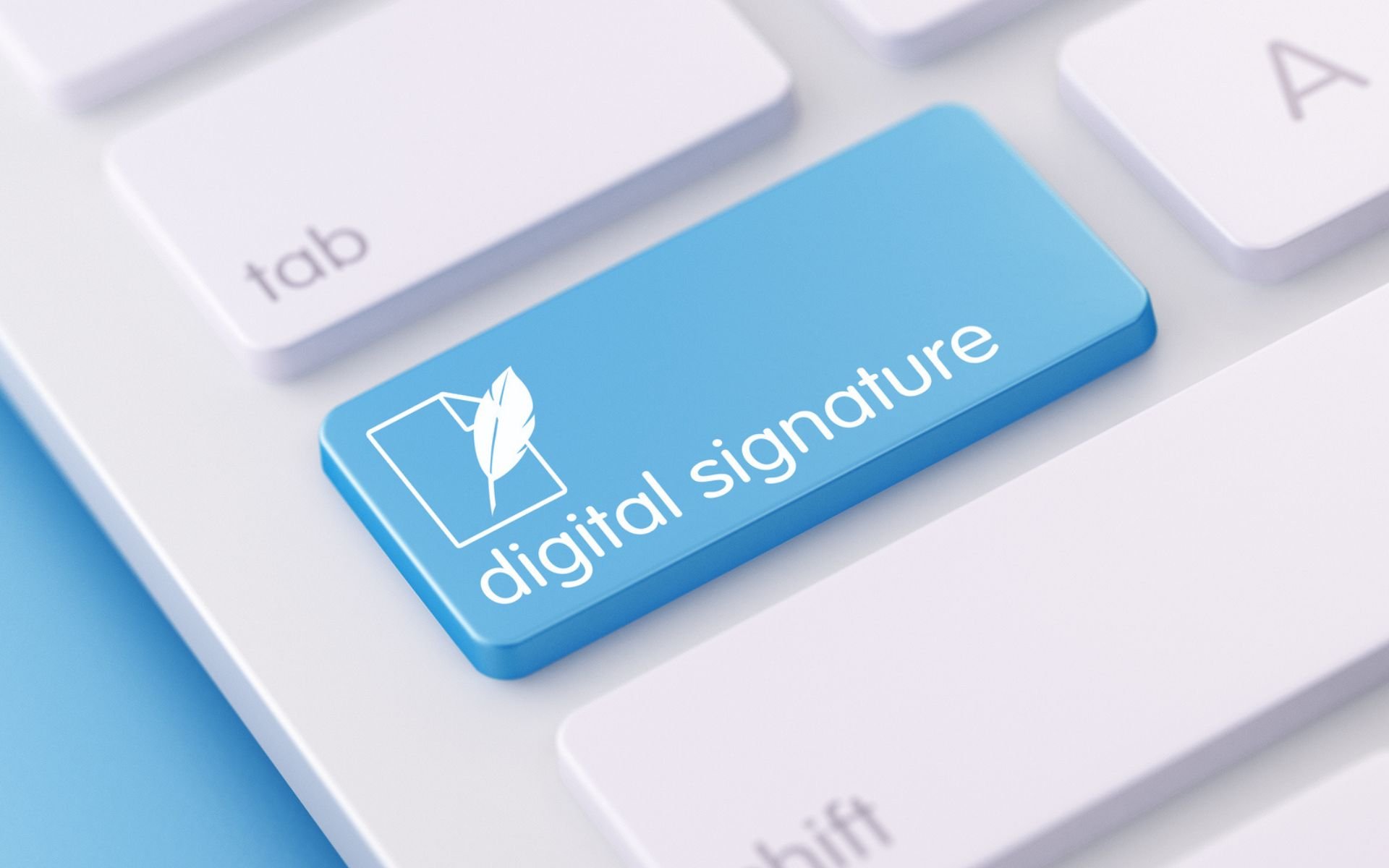By Marcelo Araújo
In times where paper is becoming increasingly dispensable, electronic signatures are becoming a widely used resource by companies and individuals alike. According to data from North American research firm Forrester Research, it is estimated to provide an average 80% reduction in response time, an average 80% reduction in errors and an 85% increase in productivity compared to manual signature.
Electronic signature is considered a legally binding method of obtaining approval or expression of assent to a document or contract. and can replace (in fact, replaces) manual signatures in almost all transactions.
However, in order to have legal validity, the electronic signature must comply with Brazilian legislation and jurisprudence.
For this to happen, There are three types of electronic signatures stipulated by the legislation.. The first of these is simple; It allows you to identify your signatory, attach and associate data in electronic format.
Advanced electronic signatures may use certificates not issued by ICP-Brazil, but it is worth remembering that this does not mean that such signatures will automatically be recognized with the same legal force as a digital signature (using certificates issued by ICP-Brazil). . Signatures using ICP-Brazil certificates are considered digital signatures and are guaranteed to be legally accepted for all types of documents in accordance with Brazilian legislation.
The third one is qualified using digital certificates. In the latter case, it can be used in various transactions between public institutions and is even mandatory for the transfer and registration of property and in the transactions of competent authorities.
Electronic signatures also comply with standards used in Brazil and around the world. The first of these is CMS Advanced Electronic Signature (which means Advanced Electronic Signature in Portuguese). This is a standard that ICP-Brazil adopts in its signatures for most digital documents, especially PDF files.
Widely used by many people around the world, PDF is a set of extensions for PDF files themselves and ISO 3200-1, making the document eligible to receive the advanced electronic signature we describe in this article. XML Enhanced Electronic Signature (XadES) is a type of markup that has become popular because it encapsulates the information contained in Electronic Invoices (NF-e) and also ensures their digital signature.
But ultimately why should a company fully embrace electronic signature?
First, because of the agility they bring to the job. E-signature provides fast service to the user as it allows the user to sign a document within seconds and send the signed document to the other party. Just add another signer’s email ID; he can also sign documents without any hindrance. Additionally, signature verification is a simple process that is easily facilitated by technology..
Additionally, electronic signature tools help protect your private and legal documents, ensuring that no one can copy or forge the signature. In fact, tools (like Adobe) display a warning on the screen whenever anyone opens a document whose integrity has been compromised (for example, by making changes after signing).
Efficiency in contract management is also an important consideration, as there are platforms that allow you to create, negotiate and manage contracts as well as collect signatures. These software Create a flow that will reduce time spent on all contract-related processes throughout the lifecycle of these documents.
For example, a complete contract management solution helps HR teams optimize their internal processes when hiring a new employee and signing all documents related to onboarding, benefits, and other forms.
Finally, cost reduction: documentation accumulates expenses such as purchasing, printing, copying, scanning, delivering and storing paper. Therefore, the savings when digitizing this process can be quite significant.
It is worth noting that a survey conducted by Ombud in the United States of companies that have adopted electronic signatures integrated into an effective workflow process shows that the average savings per document is $20.
Using electronic signatures is the best way to maintain business continuity. Therefore, it is a trend that should strengthen rapidly in the coming years.
***
Marcelo AraujoCommercial director of eBox Digital, a manager with over 35 years of experience in the commercial field focusing on the sale of technology products, working with medium and large clients, software companies, BPO, electronic document management, ECM and BPM.
Source: Tec Mundo
I am a passionate and hardworking journalist with an eye for detail. I specialize in the field of news reporting, and have been writing for Gadget Onus, a renowned online news site, since 2019. As the author of their Hot News section, I’m proud to be at the forefront of today’s headlines and current affairs.










